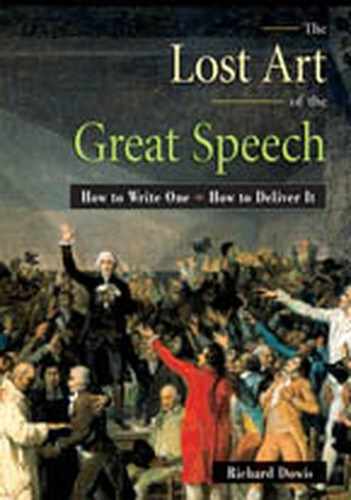Pauses that refresh
A pause is a form of body language. Pauses can be used for dramatic effect, for emphasis, and as transitions. In the discussion of transitions in Chapter Nine, I made the point that a long pause in a speech could have the same effect as a subhead or a typographical bullet in writing. A very slight pause usually comes at the end of a paragraph, a long one at the end of a topic.
A pause also gives a speaker a chance to breathe deeply and may help him relax and pace the speech well. You might find it helpful, as I do, to write the word pause at appropriate spots in your speech text to remind the speaker when to pause. This could be especially helpful if the speaker has a tendency to talk too fast.
If at first you have the feeling you're exaggerating your pauses, they're probably just right. What might seem like a long pause to you probably will not seem so long to your audience. The next time you listen to a really good speaker, especially one such as an actor or a TV commentator who is well-trained, listen for the pauses. Be conscious of when they appear, what purposes they serve, and how long they are.
Other than body language, the two forms of nonverbal communication are the way you look and the way you sound.
